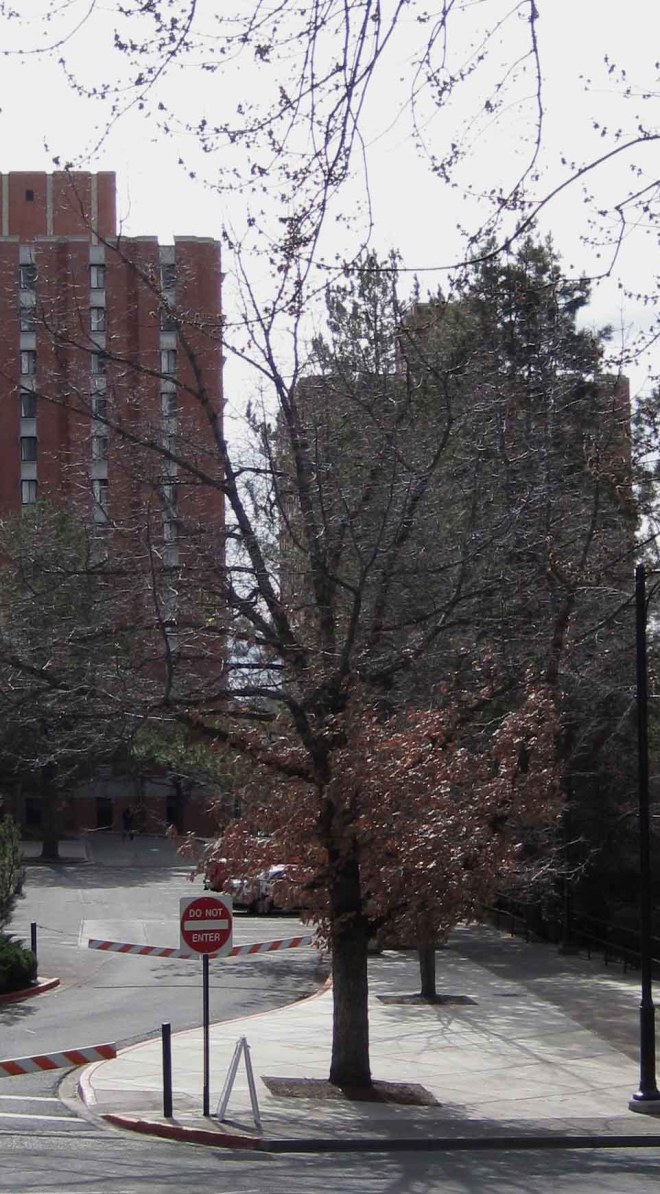I love living in Seattle…but I’m getting increasingly impatient with the City’s “Building Healthy Soils” propaganda. For years I’ve questioned their recommendation to perpetually amend landscape soil with organic material to no avail. Let’s see what you all think of their “fact sheet” (which you can read here in its entirety).
“The best way to improve the soil is to add plenty of compost or other organic matter throughout the entire planting area before planting. Thoroughly mixing these materials deep into the soil helps provide water, air and nutrients to plant roots.”
Hmm. No mention of how to determine IF your soil needs improving; without a soil test, you have no idea what your baseline organic matter level is.
But perhaps this recommendation is only for vegetable gardens and annual beds? Nope. In the next paragraph, we’re told to “Mix in organic material before planting lawns, perennials, trees and shrubs.” We’re given helpful how-to instructions: “Use a shovel or digging fork to mix amendments into the top 6 to 12 inches of soil. It is important to amend the entire planting bed — not just small holes for each plant. When planting individual trees and shrubs in lawns or existing beds, amend an area at least 3 feet wide, or 3 to 5 times as wide as root balls over 12 inches in diameter. Rototill large areas where digging is impractical.”
Now we’ve got a serious problem. This practice is recommended for existing beds. Not only will extensive digging or rototilling destroy any soil structure you might have, it will also take out the roots of any desirable plants in the vicinity).
But let’s continue to ignore reality and go on to the annual recommendations for adding compost to soils.
“Clay soils: 16 cu. feet (.6 cu. yard) = 2 inch layer of compost for new gardens. Use 1 inch per year in established gardens.”
“Sandy soils: 24 cu. feet (.9 cu. yard) = 3 inch layer of compost for new gardens. Use 1 – 2 inches per year in established gardens.”
Is the compost used as a mulch in these existing gardens? No – the guidelines are prefaced with this instruction: “Gardens: mix compost to 10- to 12-inch depth.” (Can’t say this does much for promoting root growth either.)
This document shows a breathtaking lack of understanding of how landscapes function, especially over the long term. It takes an agricultural practice (annual organic amendment of crop fields) and misapplies it to permanent landscapes. It is devoid of the research which continues to show that improper soil amendment can cause serious problems such as soil subsidence, perched water tables, and nutrient overloads. This last point is especially important to anyone living near aquatic ecosystems, since excess nutrients always end up in the water.
Before you plant this year, find out what your soil needs before amending it. And remember that mulching is the natural (and sustainable) way to add organic matter to the soil.











